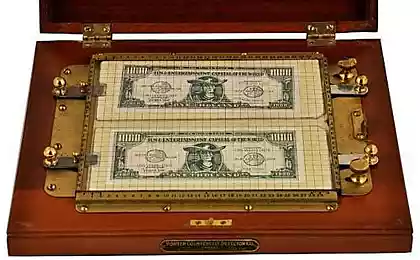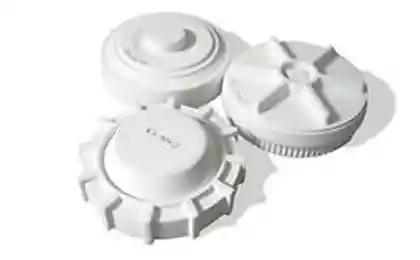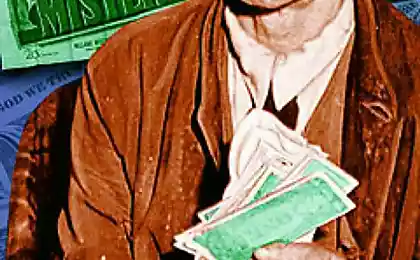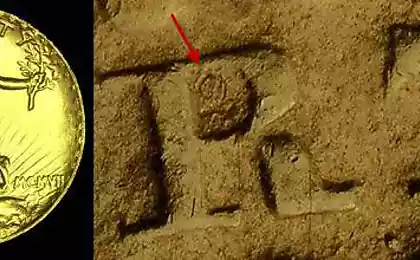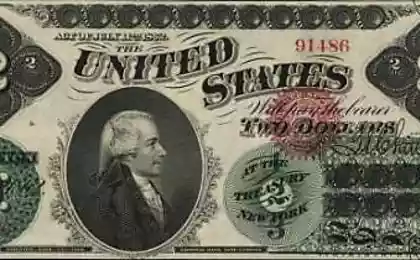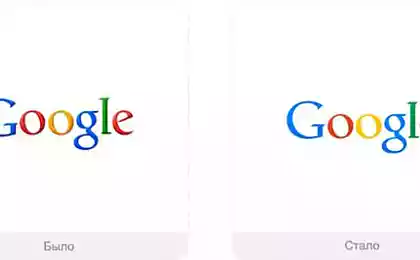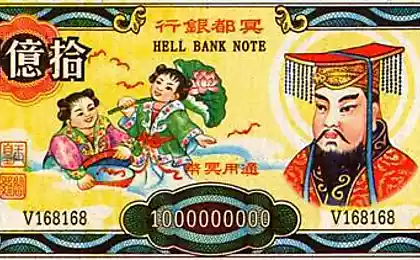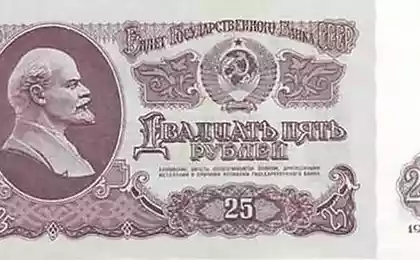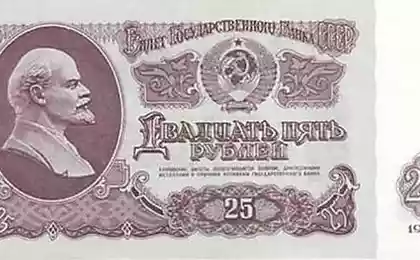583
10 secrets that will help you to distinguish a real banknote from a fake
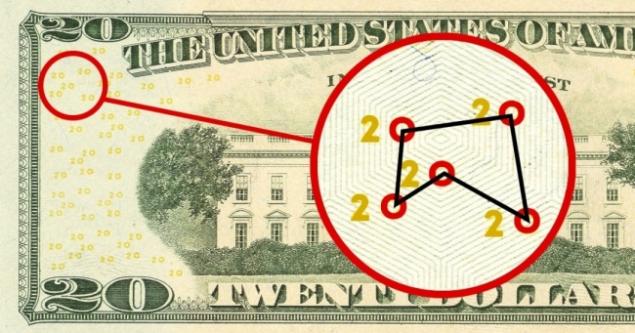
All know such distinctive features of genuine notes as watermarks, special design and serial numbers. But not limited to: the development of the technology appear more sophisticated methods of protection against counterfeiting.
Today the Site shares with you the secrets that will help you distinguish a real banknote from a fake, they can apply to almost any currency.
The constellation of Evryone, or ring of OMRON
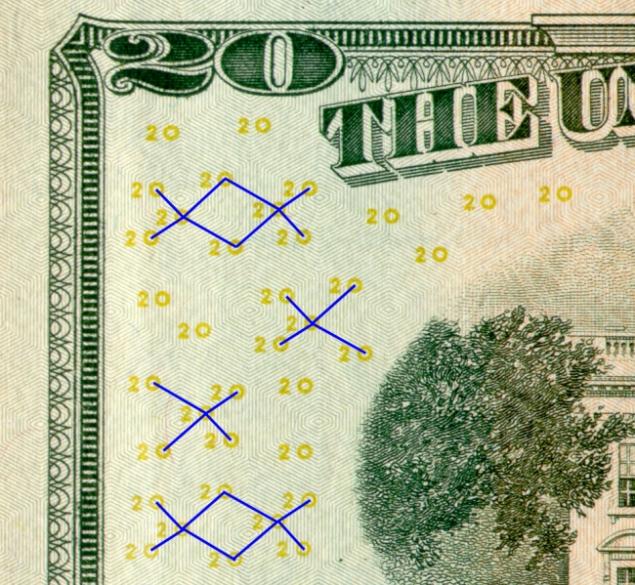
The constellation of Evryone, also known as OMRON Rings, is a repeating pattern of 5 rings, which allows the copiers to recognize bills. Some color printers and copiers refuse to print images of banknotes with these rings: they seal the sheet of black plate or leave it blank if not disabled. OMRON ring can be seen on American and canadian dollars, euros, British pounds, yen and other currencies of the world.
Microprinting
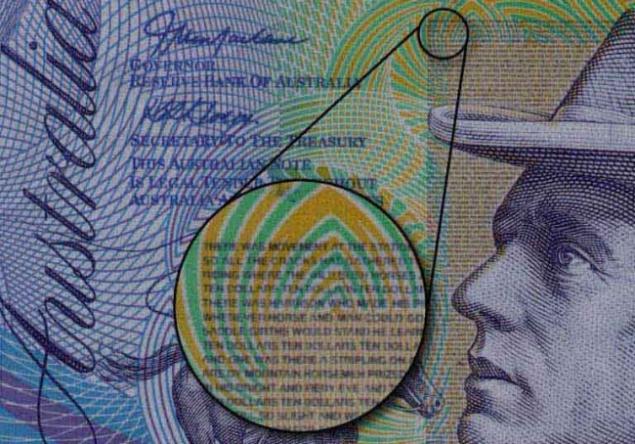
Microprinting allows you to place notes on the tiny text that is hard to fake, since its application requires special equipment and special ink. And if you miss a bill with this text through the copy device, copy it will become cloudy and unreadable. Similar technology is used in the manufacture of dollars, pounds, Euro, Russian ruble and many other currencies.
Embossed and relief
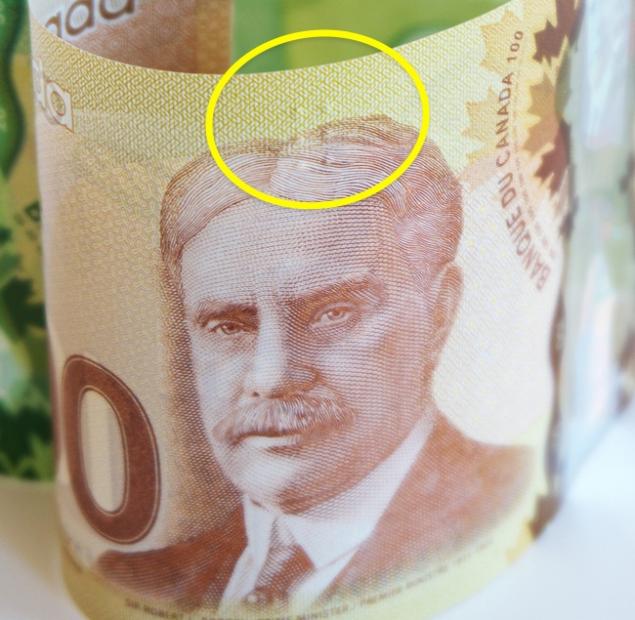
Another common way of protection of banknotes, particularly high denominations, as well as visas, passports and other documents. The advantage of this method is that it can be used by people with impaired vision, as the relief bill can feel it, not looking at her.
Typically, the embossing subjected to the elements of the bill — it can be a number, such as "10" on a 10-Euro bill, or any image, for example the arch on the banknote 5 euros. And in canadian dollars raised dots, resembling Braille, indicate another and the denomination of the bill.
Special paper

The paper on which print money, little resemblance to the one that we use in everyday life. In fact, its composition is different. For example, American dollars are 3/4 cotton and 1/4 linen, so the paper on which they are printed, called "rag paper" (rag paper).
In recent years, polymer paper, which is not afraid of moisture and dirt and which is little susceptible to wear. To forge such a paper is extremely difficult. Even if the fake is most likely to look at, it is easy to find by touch.
Another way to recognize a fake is to put on the surface of banknotes the mark with a special pencil, which contains iodine. Upon contact with the pulp and paper, the mark turns blue, that will give a fake bill.
Optically variable ink

Most of the world uses a paint when printing its currency. This paint reflects light in a special way and changes its color depending on the angle you tilt the banknote. For example, on the banknote 1 000 rubles the color of the coat changes when viewed at different angles with Magenta to Golden-green. And the 50-dollar bill, the number "50" can be both copper and bright green.
This feature is impossible to copy and difficult to fake, because in the world there are a number of companies that have the right to use for printing like effect of colour changing paint.
Protective fiber
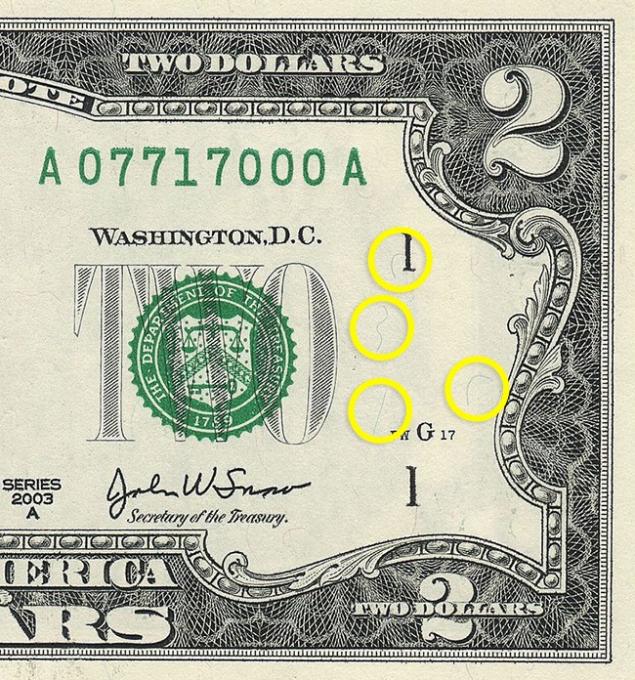
In notes randomly arranged colored protective fibers, they look like pieces of thin and short threads of different colors, which if accidentally fell into the paper. Experienced cashiers can spot a fake bill even to the touch, claiming that the structure of the paper fibers with a protective charm. And these fibers tend to glow under UV lamp banknote detector.
Colored dots, or tablet
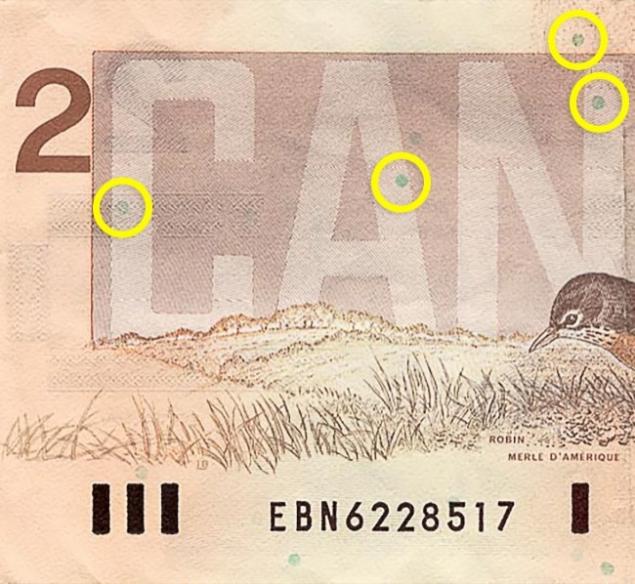
Another security feature that glows in ultraviolet light — colored dots called "planchette" (planchettes), randomly scattered on the surface of banknotes. They are difficult to forge, because they are not image and blotches — as well as fiber. The plates are used in a number of currencies, for example in canadian dollars.
Secret stamps
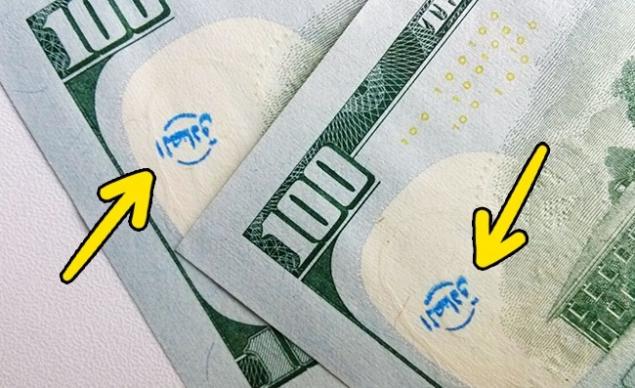
It is an outdated practice, but some countries, including China, still use it. Originally this method was invented for the protection of coins against counterfeiting, and then it has been adapted for the bills. But the stamps there is not at all bills, because they are placed not in the printing of money. They are banks or exchange offices as the confirmation of the authenticity of the currency. Every organization has its own special "secret" character.
The transparent part

With the advent of polymer paper became possible to produce banknotes with transparent or translucent parts, they are called Windows. Manufacturers claim that "Windows" are the modern alternative to watermarks and counterfeiting them virtually impossible. The transparent part can be seen on the bills in Australia, Canada and the UK.
Hologram
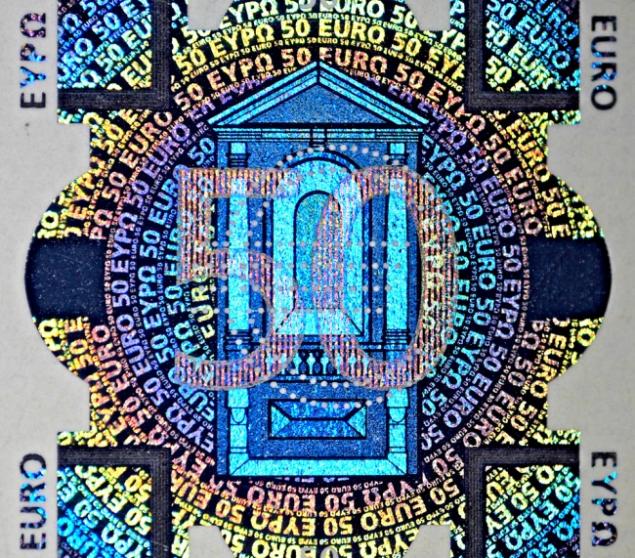
Hologram (kinegramm) — a special three-dimensional image formed on the foil or other material with a laser beam. The hologram changes colors when changing the angle of view. This method of protection of banknotes were first used in Austria in 1988 and has since become widespread throughout the world. Typically, the holographic protective mark applied to large bills, but it can also be seen on the banknotes of small denominations in the form of strips.
Photos on the preview georgios / depositphotos.com
According to the materials Be Amazed
See also
9 ways to distinguish real perfumes from fake
Here's what you need to know if you like to pay with a card
Simple manual to buying via the Internet, and not be afraid of scammers
via www.adme.ru/svoboda-sdelaj-sam/prostaya-instrukciya-chtoby-pokupat-cherez-internet-i-ne-boyatsya-moshennikov-1460465/
A new form of matter – a supersolid crystalline superfluid
How different actors of the movie "Twilight" for 9 years
